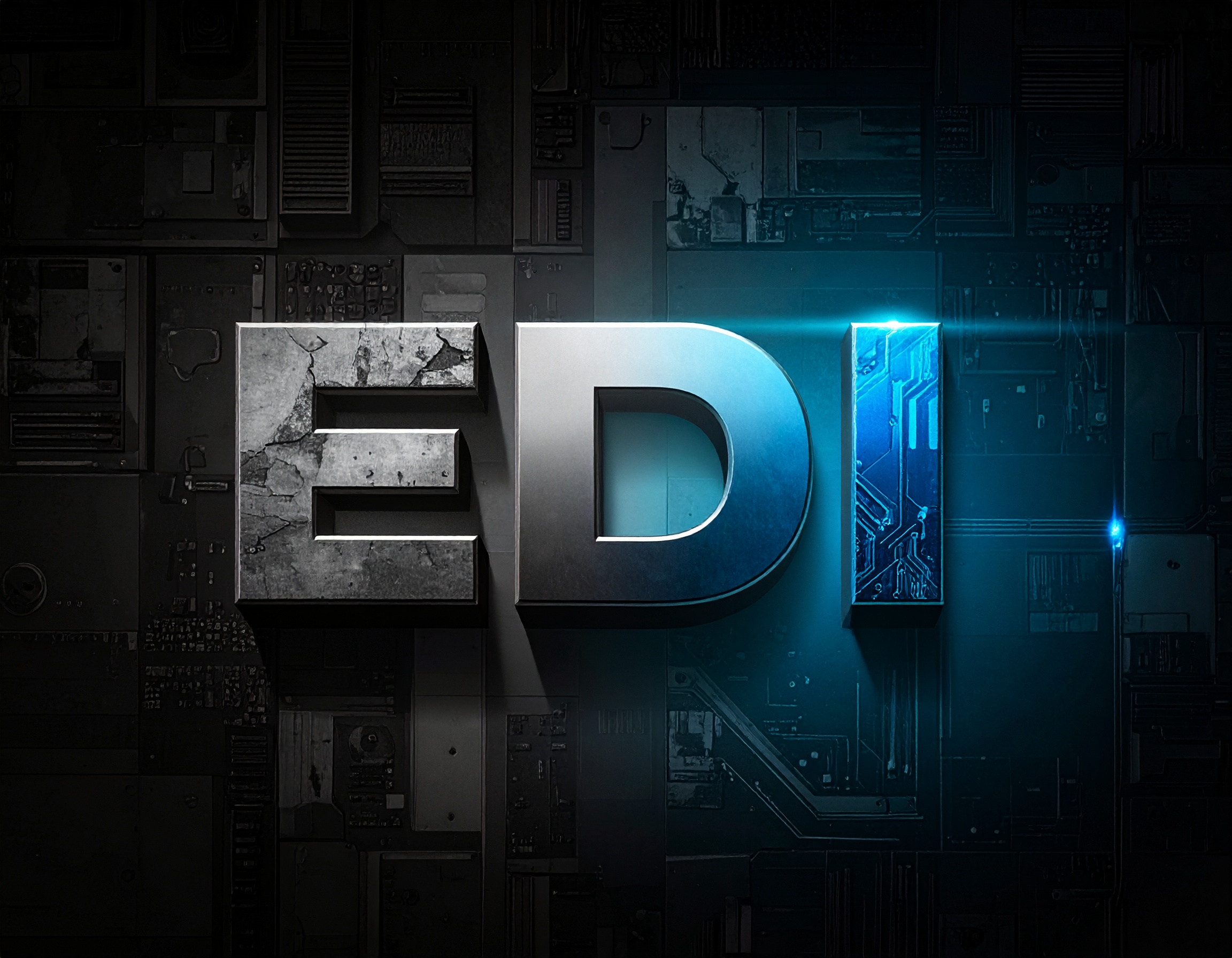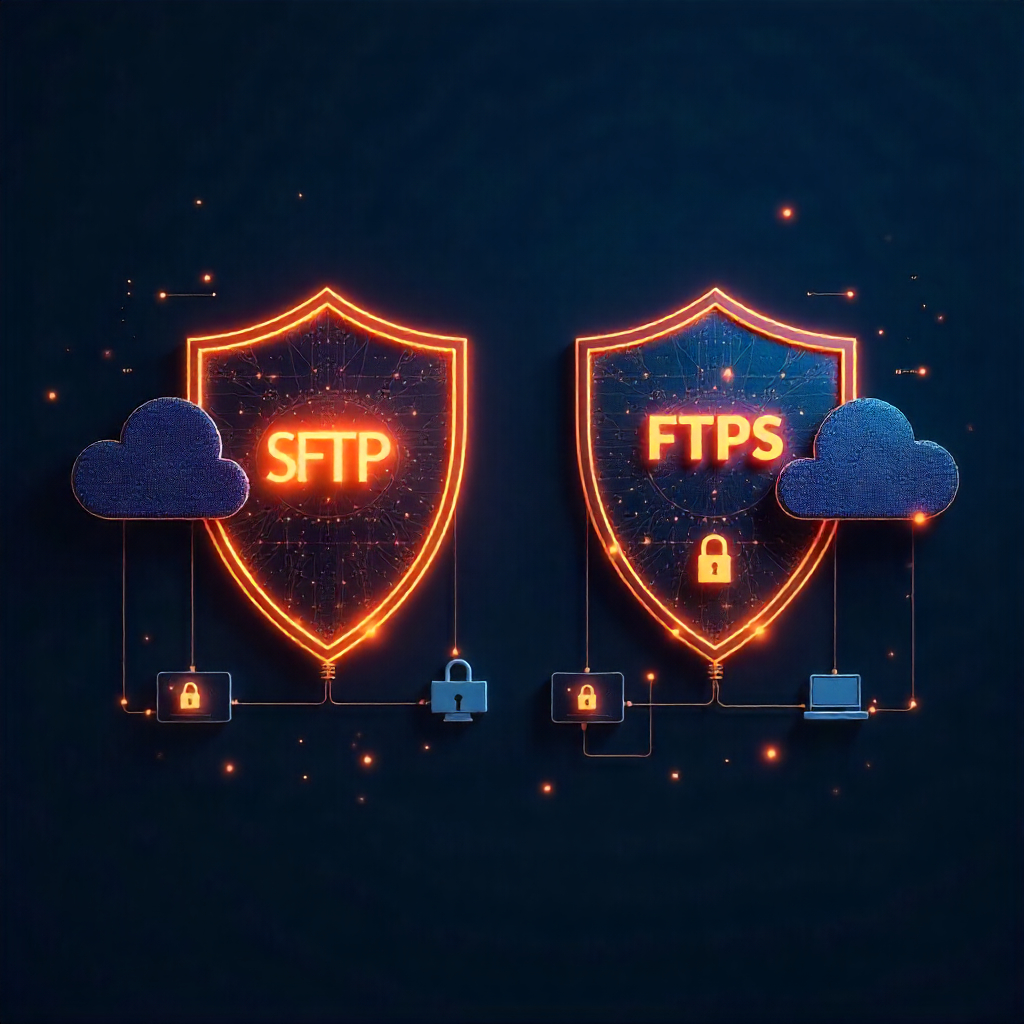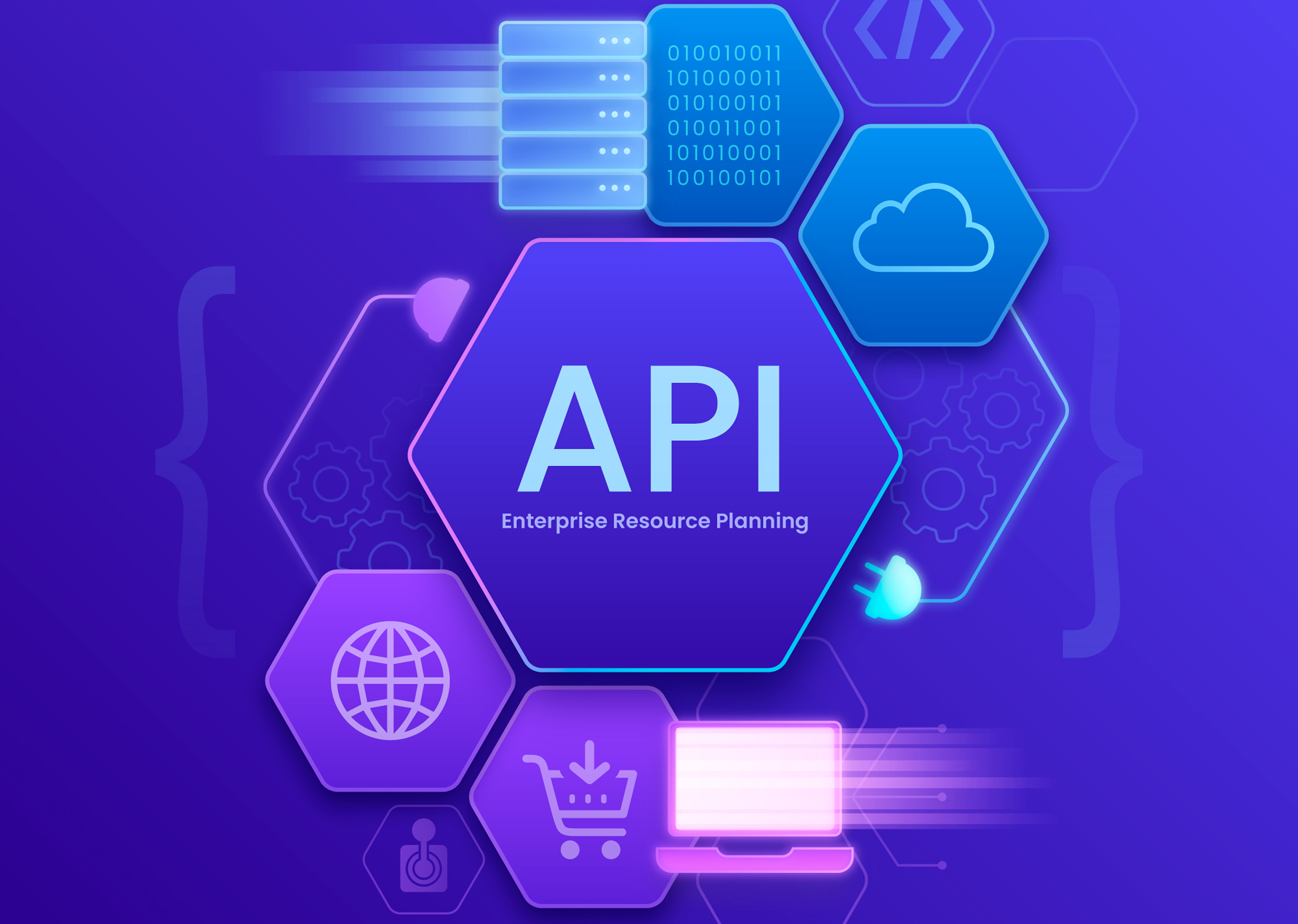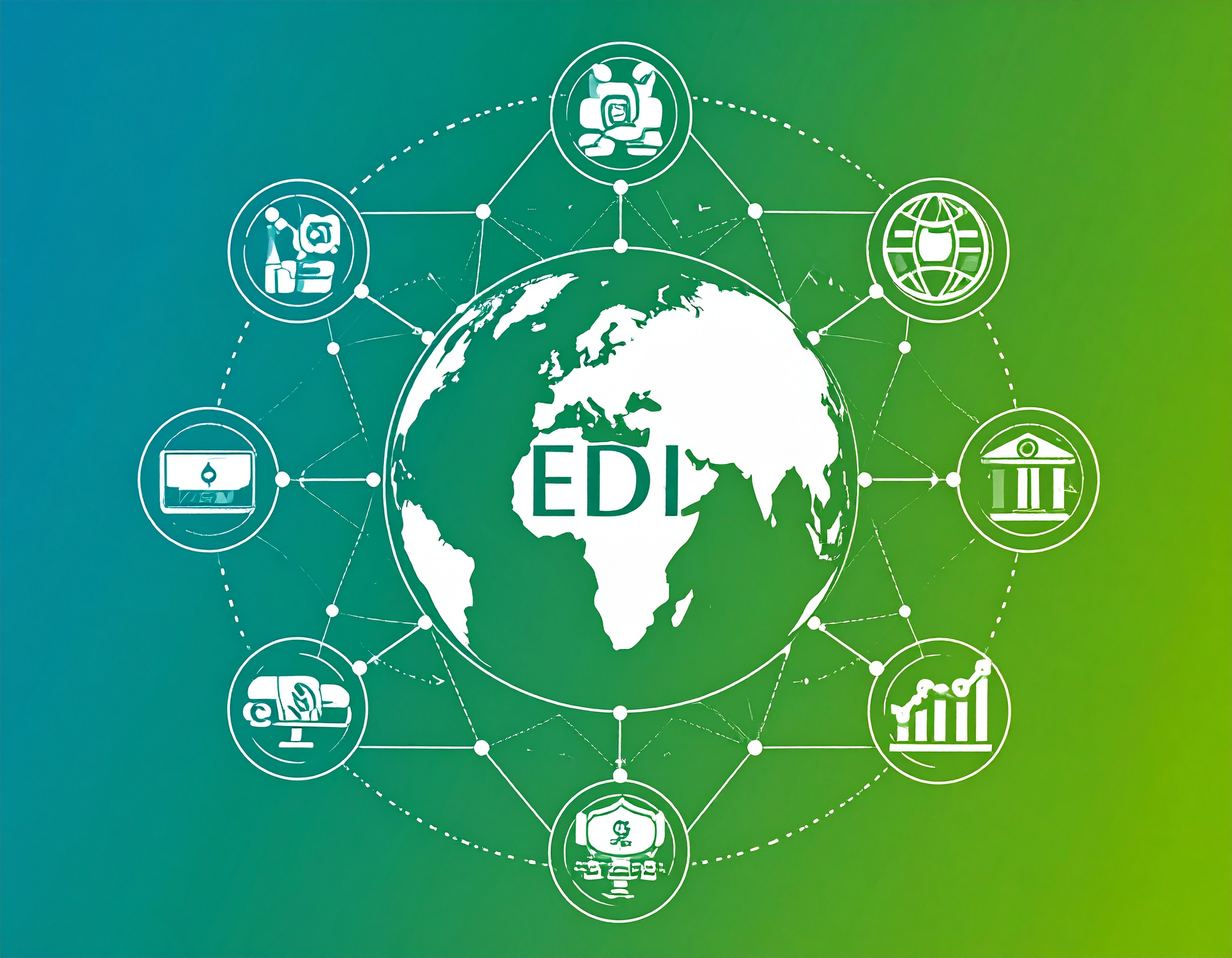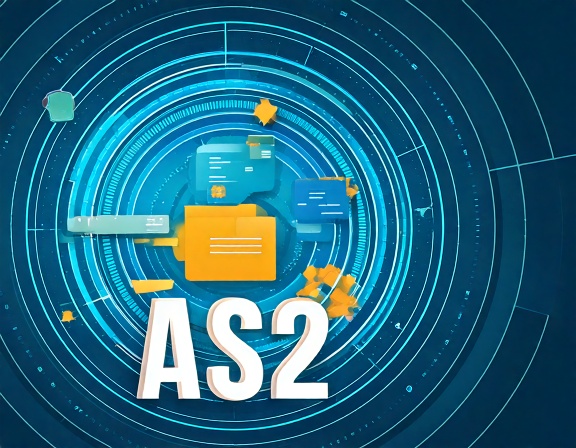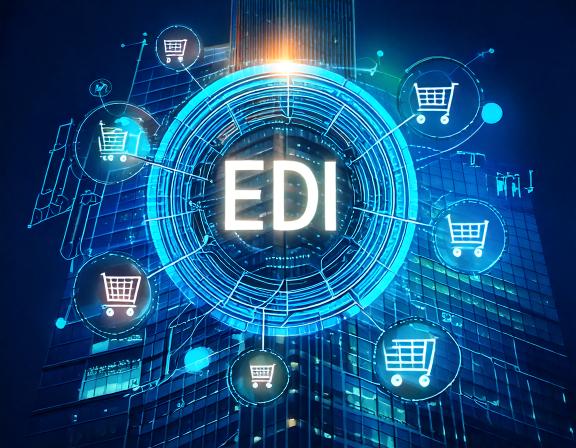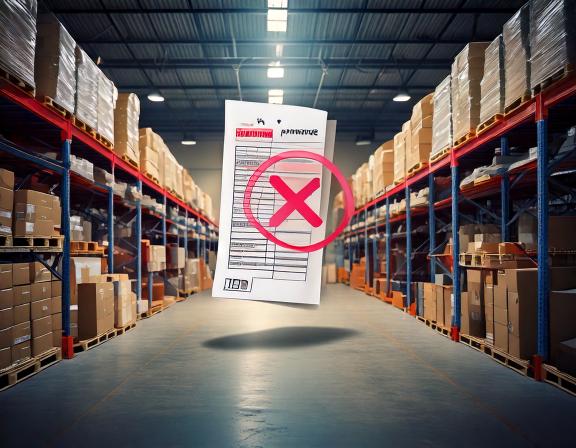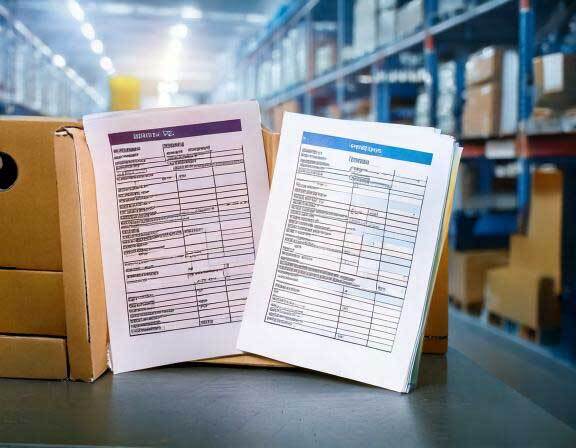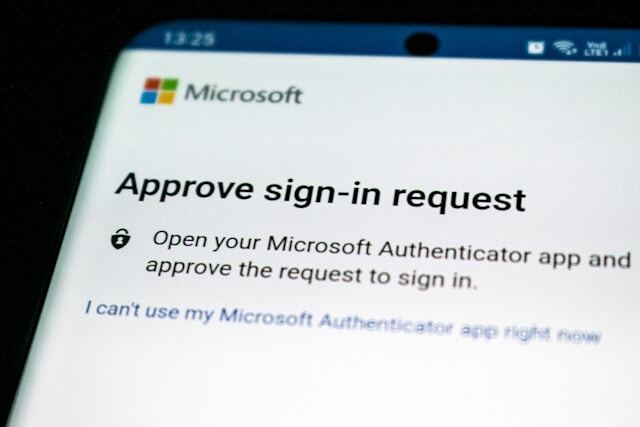MFT Gateway is a hosted Software as a Service (SaaS) solution that enables file exchange over the AS2 or SFTP protocol, without the need to install or maintain.
- Blog
- Comprehensive Glossary of EDIFACT Terms for EDI Professionals
EDI
Comprehensive Glossary of EDIFACT Terms for EDI Professionals
Explore key EDIFACT terms and concepts for EDI professionals. Understand message structures, data elements, and common messages to improve business data exchange.

Dinuka Ekanayake
Published: 17 Mar 2025

EDIFACT, which stands for Electronic Data Interchange for Administration, Commerce, and Transport, was developed by the United Nations (UN). It includes internationally agreed standards, rules, and guidelines for exchanging electronic business data between two or more business entities worldwide. EDIFACT ensures a consistent format for transmitting various business documents, such as invoices and purchase orders, in Electronic Data Interchange (EDI) format within a Business-to-Business (B2B) network.
The importance of EDIFACT lies in its standardized set of syntax rules for structure and provides globally applicable, uniform messages. This ensures seamless multi-country and multi-industry exchange of electronic business documents, making them equally well understandable among all universal participants.
Key EDIFACT Terminology (Glossary)
EDIFACT Message Structure
EDIFACT files are structured with a strictly defined syntax, consisting of multiple segments that contain specific data. Each segment includes a series of data elements separated by special characters. Additionally, data elements can be further divided, and a closing segment marks the end of the message.
Segments
Each segment begins with a three-letter code that identifies its function. Segments are logical groupings of data elements and contain information on specific aspects of the transaction, such as the sender, recipient, product or item details, etc.
Segments mainly can be divided into two types.
-
Service segments (starting with UN)
-
User data segments (All other)
Here are the following known service segments.
| Segment Name | Description |
| UNB | Interchange header |
| UNE | Group trailer |
| UNG | Group header |
| UNH | Message header |
| UNO | Object header |
| UNP | Object trailer |
| UNS | Section control |
| UNT | Message trailer |
| UNZ | Interchange trailer |
Below are some user data segments that can be used to represent actual user data in messages.
-
DTM (date and time)
-
RFF (references)
-
QTY (quantities)
-
NAD (names and addresses)
-
PRI (prices)
-
PAC (number and the type of packages)
Data Element
A data element is the smallest unit in an EDIFACT file, representing a single piece of information. Data elements always appear in a defined sequence within a segment, and they can be either optional or mandatory.
- Example: QTY (Quantity) Segment - QTY+21:50’
This segment has two data elements
-
21 - Quantity qualifier (Ordered quantity)
-
50 - Quantity value (50 items)
Coded Data Elements
A coded data element in EDIFACT is a data element that contains a code instead of full text to represent a specific value.
- Example: NAD (Name and Address) Segment - NAD+BY+12345::91’
Here,
- BY - Coded Data Element for Buyer
Composite Data Elements
A data element that consists of two or more component data elements and can be referred to as a group of data elements within a segment.
- Example: PRI (Price) Segment - PRI+INV:100.00’
This segment has two data elements
-
INV - Price type code (Invoice price)
-
100.00- Price amount
INV:100.00 is a composite data element because it contains multiple related values (price type + amount).
Separating and control characters
In messages, Segments, Data elements, and sub elements can be separated by separators. Here are some commonly used separators in EDIFACT messages.
-
(+) - Data element separator: separates data elements within a segment
-
(:) – Composite data element separator: separates sub-elements within a data element
-
(‘) - segment separator: ends a segment
Common EDIFACT Messages and Their Uses
EDIFACT includes message types designed to facilitate various business exchanges, with each message type having a unique identifier consisting of 6 letters. Below are some examples of key message types in EDIFACT:
-
ORDERS: Purchase Order
-
ORDRSP: Purchase Order Response
-
INVOIC: Invoice
-
ORDCHG: Purchase Order Change Request
-
ORDCLO: Purchase Order Cancellation
-
REMADV: Remittance Advice
-
PAYORD: Payment Order
-
CONTROL: Control Message
Example of an EDIFACT Message
UNA:+.? '
UNB+UNOC:3+SENDER:14+RECEIVER:14+230219:1200+1234567890'
UNH+1+INVOIC:D:93A:UN:1.3'
BGM+380+INVOICE123+9'
DTM+137:20230219:102'
RFF+ON:ORD123456'
NAD+BY+1234567890123::9'
CUX+2:USD'
LIN+1++123456:EN'
PIA+1+9876543210'
QTY+47:100'
PRI+AAA:20.00'
UNT+9+1'
UNZ+1+1234567890'
How EDIFACT Improves EDI Operations
-
As EDIFACT offers a standardized structure for electronic data interchange, it enables the exchange of business documents between companies in various geographical locations.
-
EDIFACT ensures reliable, accurate, and efficient transactions by facilitating the timely transfer of large volumes of structured data.
Conclusion
Understanding EDIFACT terminology is essential for EDI professionals to navigate electronic data interchange effectively. Key components, such as segments and segment groups that organize message content, as well as data elements and coded data elements that define specific values, all play a crucial role in ensuring accurate and efficient communication between businesses. By understanding these terms, professionals can enhance interoperability, improve message processing, and troubleshoot EDI transactions more effectively. Familiarity with EDIFACT fundamentals not only boosts EDI system efficiency but also ensures smoother and more reliable business data exchanges.

Talk to an EDI Expert
Join hundreds of organizations already taking full control of their B2B AS2 communications with our trusted solutions. Contact us today to tailor a solution that fits your specific AS2 EDI needs.
Related Articles
View All BlogsExplore our product stack
Try before you buy with a 30-day Free Trial
No commitment, all value. Try the AS2 Solution Risk-Free and discover how our solutions can transform your business workflows. No credit card required.
Explore Your Possibilities
Elevate AS2 Communications with our EDI and AS2 Solutions
See how our AS2 and EDI solutions can simplify your integrations, boost efficiency, and keep you compliant—request a personalized demo today.














